Also known as Dolichus beans or Lablab beans.
Since the season is still on for vegetables and I had a yen for looking at edible flowers, I wanted to share with you a delicious bean variety that is used both as food and forage in South Asia in particular. However, I do love the flowers which are also edible and gorgeous to look at. Introducing Lab Lab or Hyacinth bean – also known as Papdi in South Asia.
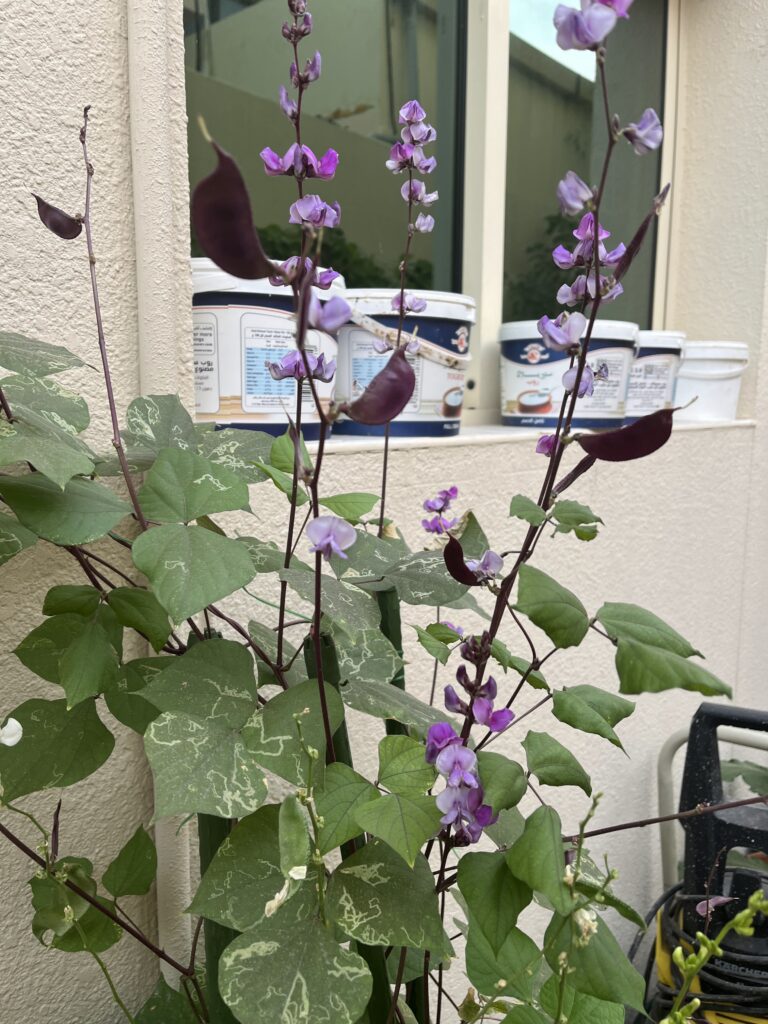
There are two common varieties – green and purple beans. They are mostly vines and are day neutral. Here is some technical information about them. Lablab (Lablab purpureus (L.) Sweet) is a summer-growing annual or occasionally short-lived perennial forage legume. It is a twining, climbing, trailing, or upright herbaceous plant that can grow to a length of 3-6 m. It has a deep taproot and vigorous, glabrous, or pubescent trailing stems. Lablab leaves are alternate and trifoliolate. The leaflets are rhomboid in shape, 7.5-15 cm long x 8-14 cm broad, and acute at the apex. The upper surface is smooth while the underside has short hairs. Inflorescences are many-flowered racemes borne on elongated peduncles. The flowers are white to blue or purple in color.
However, when I say summer growing it means until June here in the Gulf. From July to mid-September keep in the shade or plant again in September as the heat in peak summer gets too much for it. It has a chance to survive in the shade.
Papdi/LabLab flowers are gorgeous to look at and yield a huge amount of beans. Interestingly it is a great nitrogen fixer so improves the quality of your soil. It can effectively prevent soil fertility decline by N fixation (20 to 140 kg residual N/ha into the soil) and break weed and disease cycles. It does well as a forage crop as well as a food crop.
It is fairly drought resistant and can tolerate temperatures up to 40 degrees centigrade. It does need well-draining soil and does not tolerate too much water or much salinity for long. It also prefers lower altitudes. I have used a mixture of cow manure and vermicompost to fertilize it as well as applications of fruit ferment juice at regular intervals. I have used a potassium-rich fertilizer like dried banana peel etc as well when the buds appeared to increase the flowering.
The flowers and tender leaves can be consumed raw in salads and the tender beans can be used in stir-fries and vegetable dishes(South Asian style). It contains iron magnesium and calcium predominantly, and like all beans, is a source of fibre.
In many countries, it is used as a cover crop to prevent erosion in the summer as it provides a canopy, and the lower leaves dry out and form mulch so that the soil remains moist and there is less erosion.
Personally, I love both the flowers and the beans and this year I have had a fabulous harvest from only two vines. In the winter, keep it in full sun and as June approaches move it to a shaded area. But the seeds germinate quite quickly so you might want to let it go in the summer and plant again in September. I have not seen any particular pests this year on it, but it could be susceptible to whiteflies, red spider mites, and the Pod borer. So, a regular spray of neem oil does help.
One recipe for an Indian-style dry vegetable is:
Ingredients:
250 gms Papdi or Hyacinth beans
1-2 large potatoes
ginger garlic paste – 1 tsp
1/2 tsp Coriander powder
1/2 tsp whole cumin
1/2 tsp Tumeric powder
1/4 tsp red chili powder (you can increase or decrease this to your taste)
Salt to taste.
1 tablespoon sunflower oil
I tablespoon water
Method:
Chop off the two pointy ends of each of the beans and remove the string. Then cut them into 3-4 pieces each. Make small pieces of the potatoes as well. In a wok place the oil and let it warm up and add the whole cumin. After it sputters add the ginger garlic paste and fry it until cooked. This is optional as the dish can do without the ginger garlic paste. Then add the turmeric powder. After about 30 seconds add the chopped potatoes and mix well. To this add the chopped beans and all the other spices. Mix well with a spoon and let it crisp mildly. Then sprinkle some water on top and cover with a lib. Mix occasionally. In about 15-20 mins your vegetable is ready. You can eat this with flatbread and lentils or with Rice and lentils.
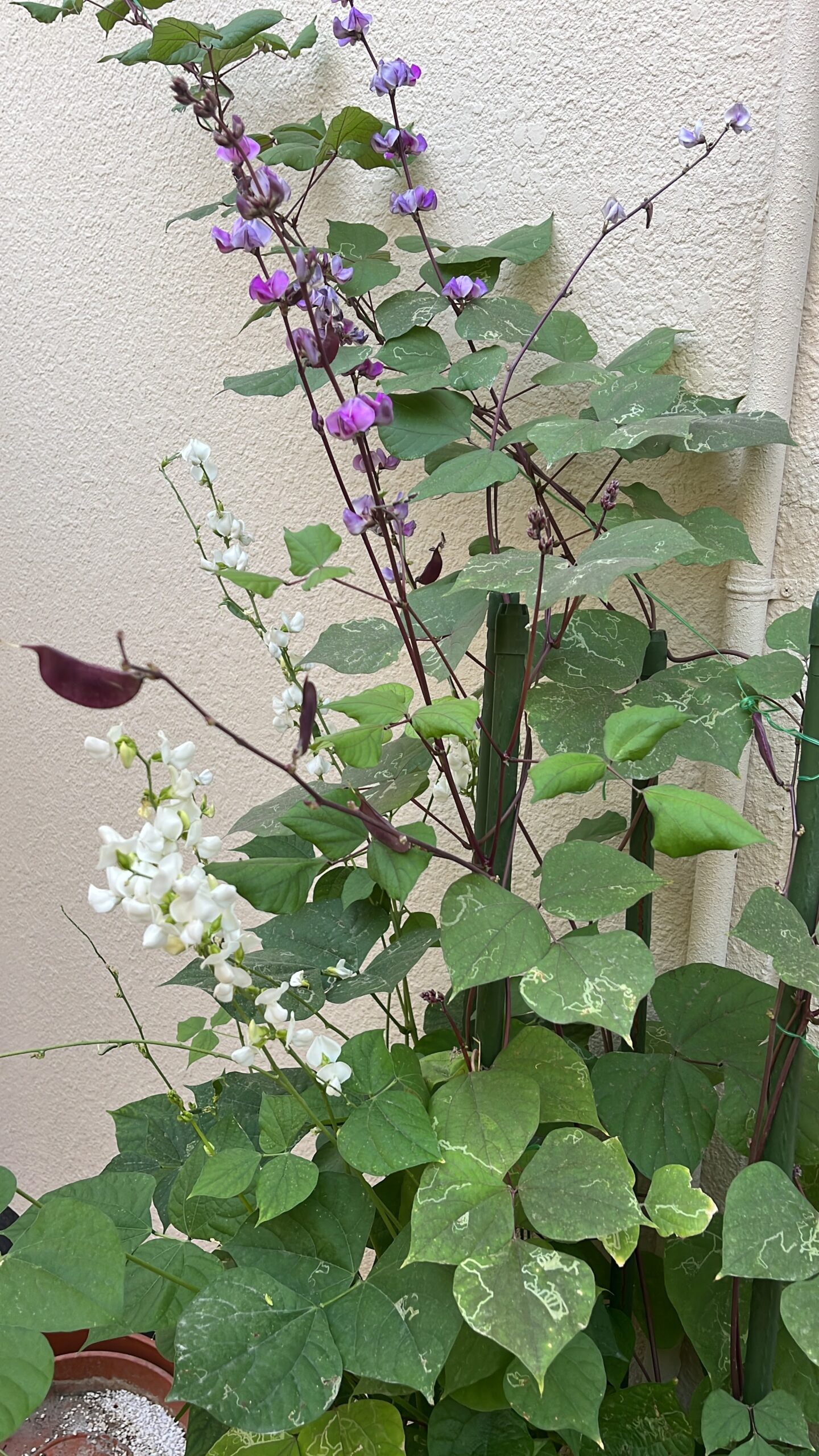
As a final note leave a few beans to dry on the vine and collect them when dry to sow for the next season.

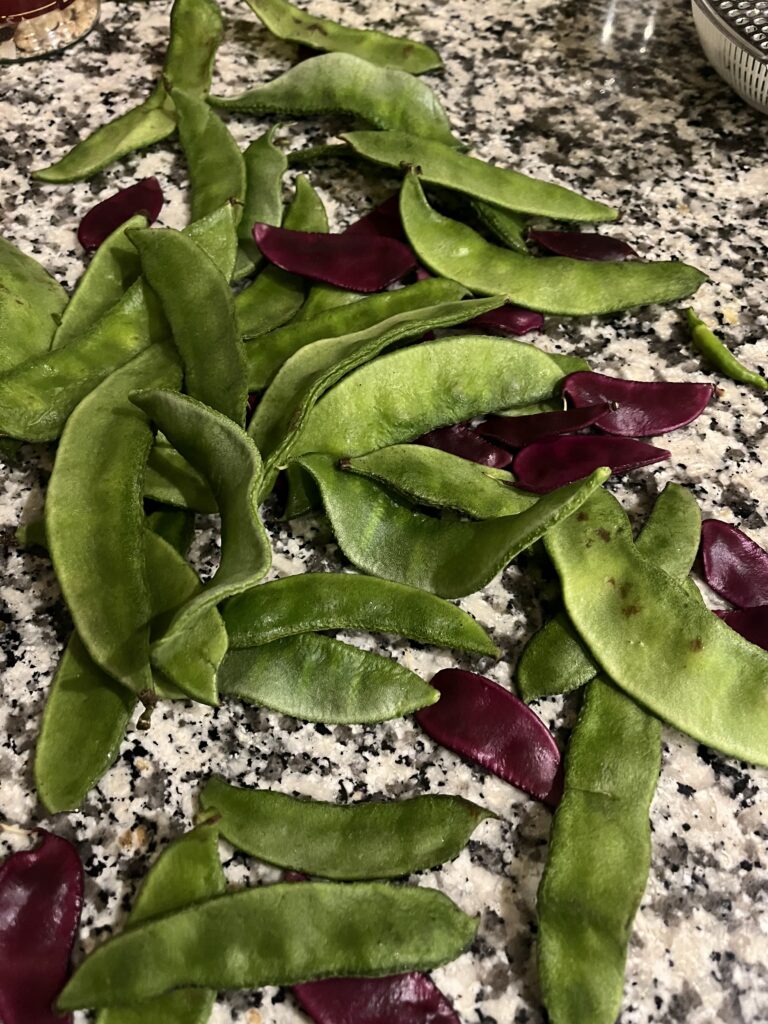
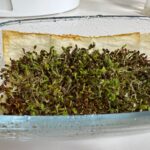
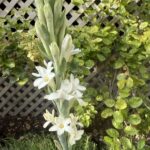



Recent Comments